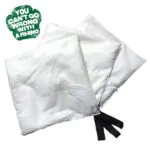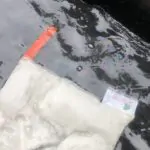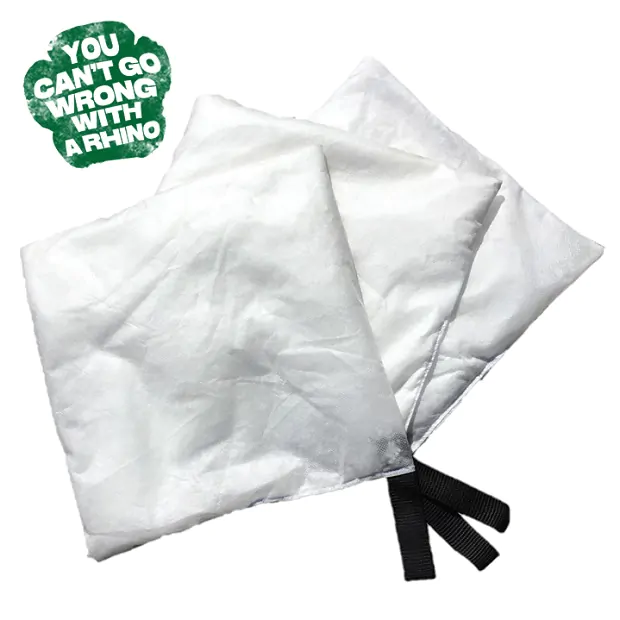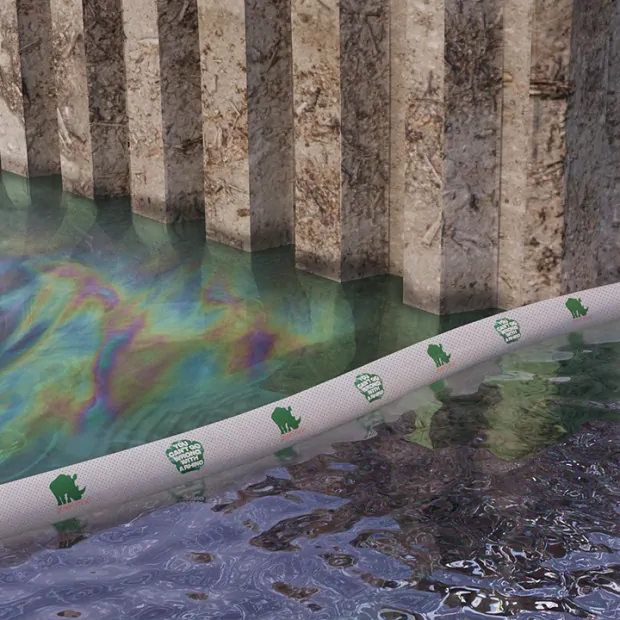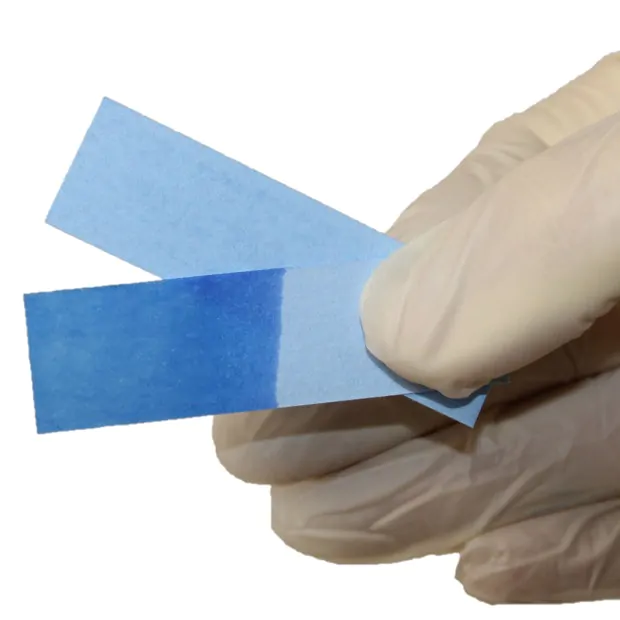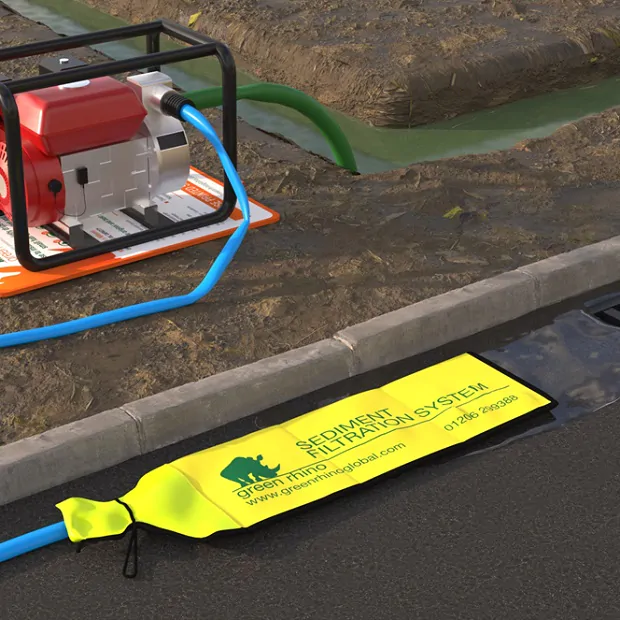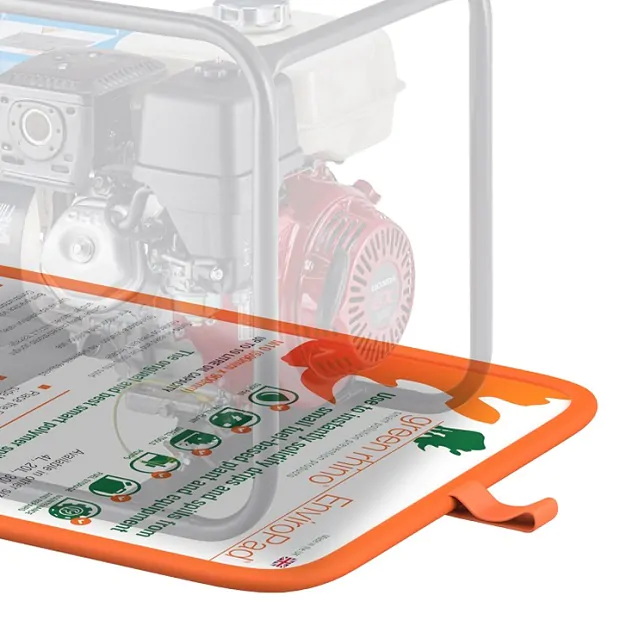What are oil absorbent pillows used for?
Oil absorbent pillows are used to soak up hydrocarbon spills in contained areas of water. They can be used in reactively and proactively:
- Reactive: Use to clean contaminated water in an excavation before pumping the water out
- Proactive: Place in a bund, sump or bilge to capture contamination before water overflows or drains out
Do not use pillows on open water where the spill can spread. In these cases, oil absorbent booms should be used.
Note that these are oil-only absorbent pillows; they are not for chemical spills or liquids like milk and paint.
How do I use a Green Rhino Oil Absorbent Pillow?
Place the pillow on the surface of the contaminated water. You may need more than one pillow to capture the entre spill. Green Rhino pillows are available with 1L, 4L and 16L capacities.
Once in the water, it may help to move the pillow about to mop up the sheen. You will see the polymer inside the pillow harden and discolour.
Make sure the pillow has absorbed the entire spill. If not, add pillows until there is no sheen left on the surface of the water or an Oil Detection Strip indicates that the water is clean.
Once you believe the spill has been fully absorbed, lift the pillow(s) out and squeeze out the water. Only clean water should drain out.
Dispose of used pillows in a designated COSHH bin. If a pillow still contains some loose polymer, store it for reuse.
If you are going to be pumping the cleaned water into the environment, consider using Green Rhino’s Oil Detection Strips and Dewatering Filters. You can learn more about these in our Best Practice Guide to Dewatering Excavations.
What is the best oil absorbent?
Traditional oil absorbent products are made of a polypropylene sponge which is oleophilic. This means that it has a weak attraction to oil-based liquids. However, all sponges leak when saturated. This is obvious when you lift a saturated pillow out of the spill, because oily water will drain back out. This will recontaminate the water you have cleaned and will continue to drain out until you can bag it for disposal. The waste created will include not just the pillow but the contaminated water inside it as well.
The smart polymers inside Green Rhino Oil Retention Pillows only react with hydrocarbons. They absorb and solidify the hydrocarbons, trapping them inside the pillow. When you remove the pillow, only clean water will drain out. You can even wring out the water.
If the hydrocarbon capacity of a smart polymer pillow has not been reached it can be stored and reused another time.
In summary, smart polymer pillows offer the following benefits over traditional pillows:
- Higher capacity
- More efficient
- Cleaner to handle
- Easier to dispose of
- Ability to reuse
